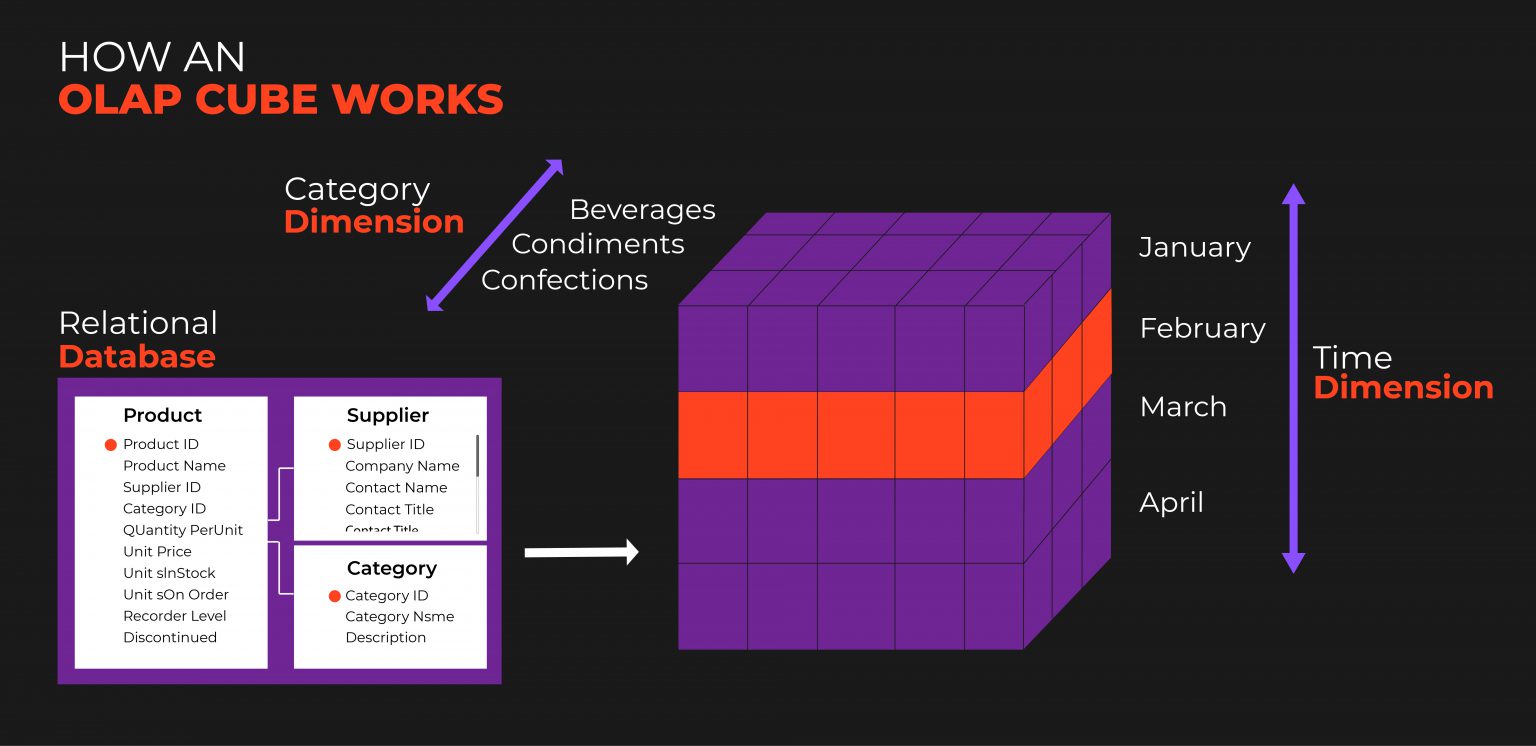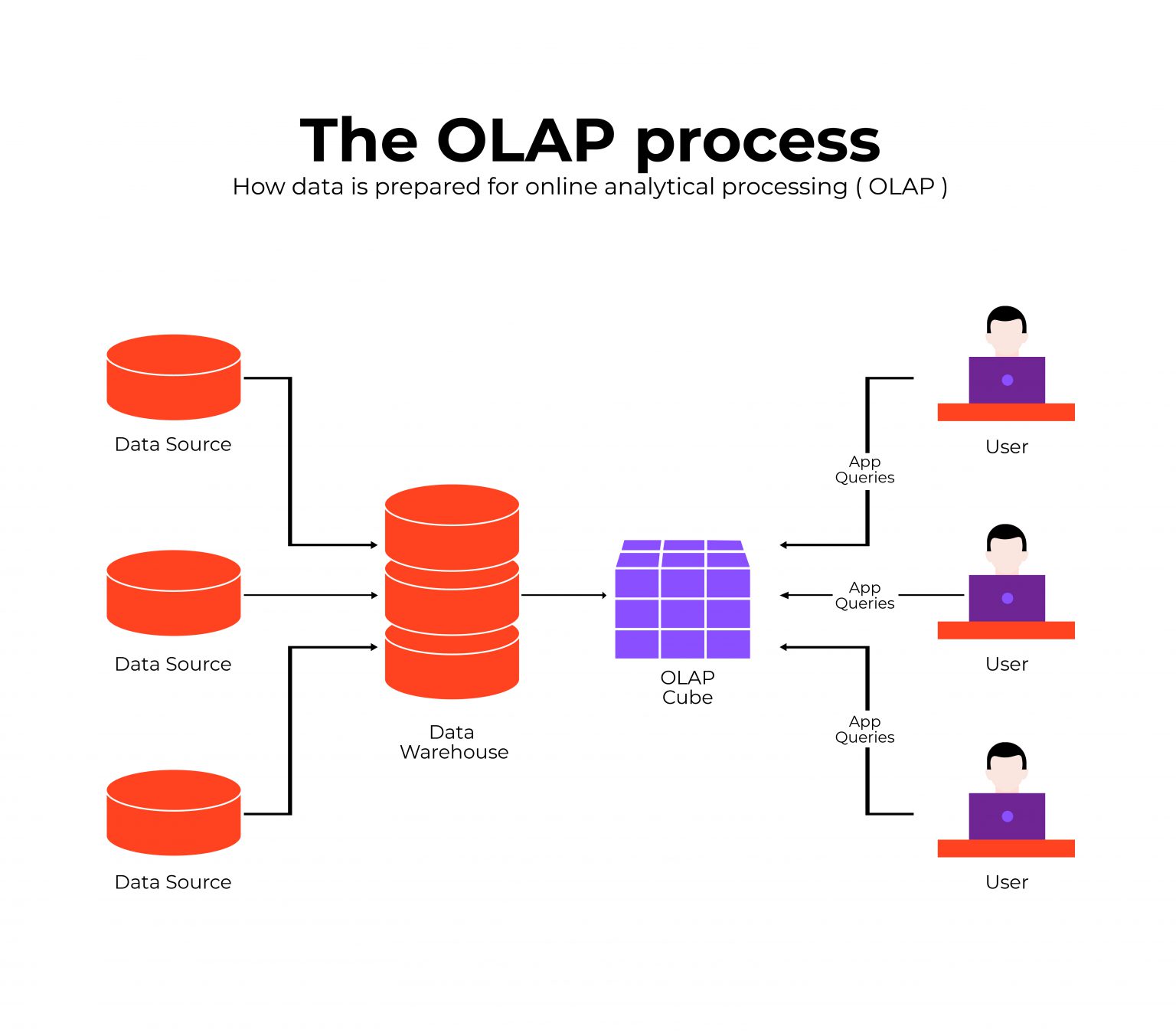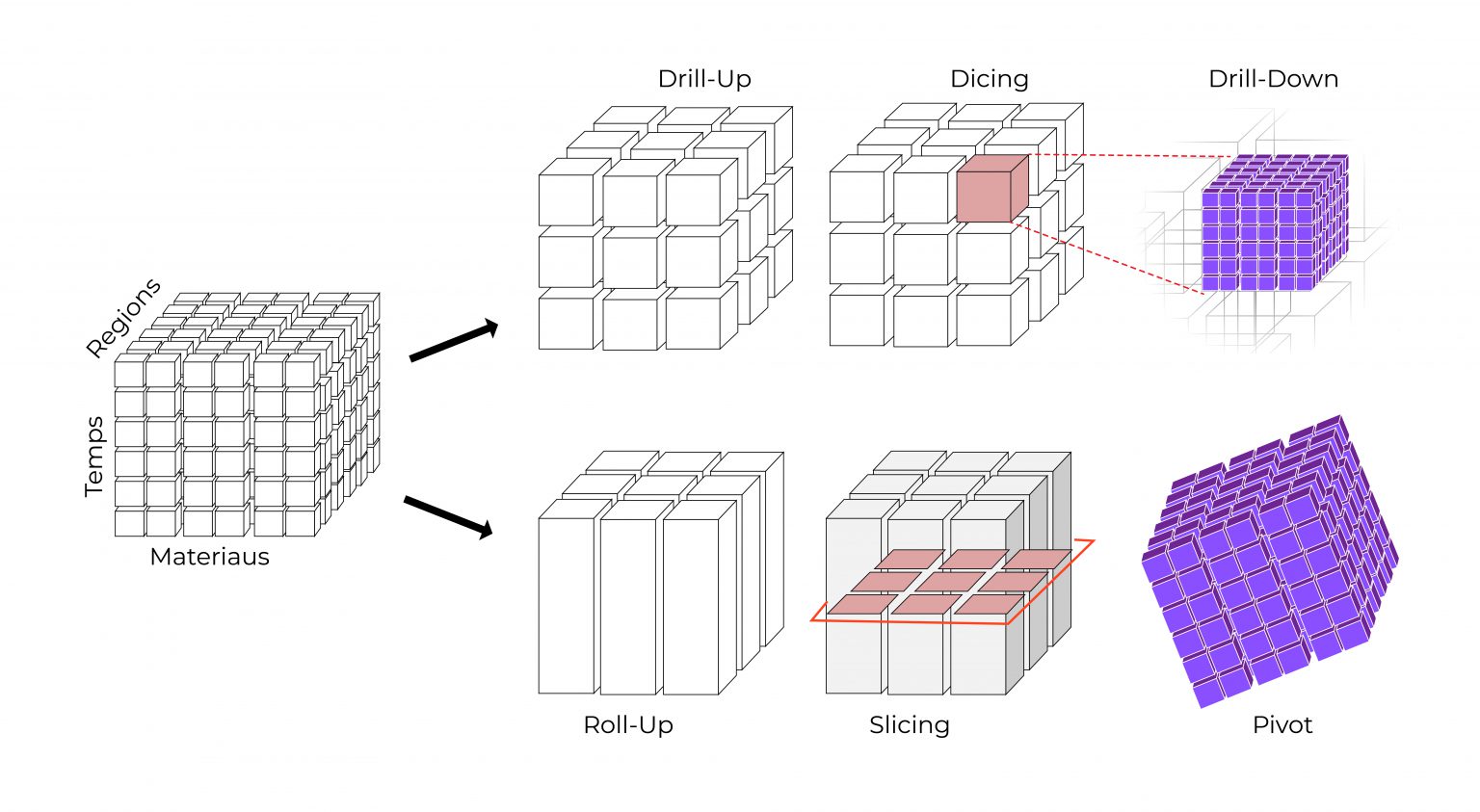|
How an OLAP Works
There are multiple steps of OLAP:
|



|
|
That’s a worthless investment. He’s throwing his money down the drain (waste money). |
|
How an OLAP Works
There are multiple steps of OLAP:
|



|
|
That’s a worthless investment. He’s throwing his money down the drain (waste money). |